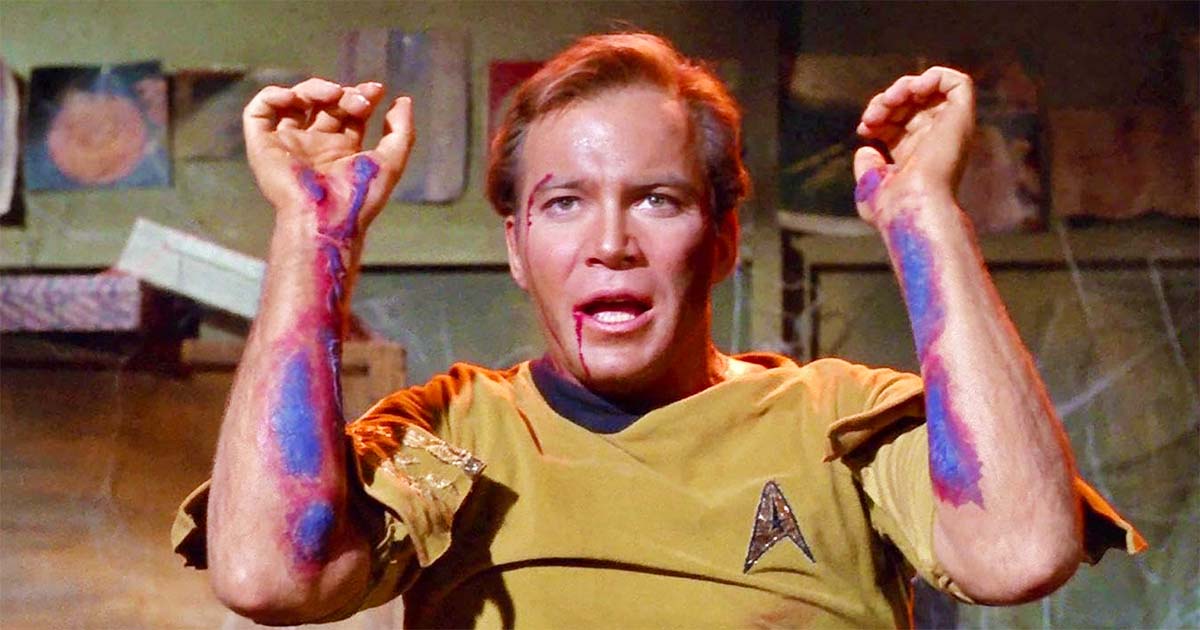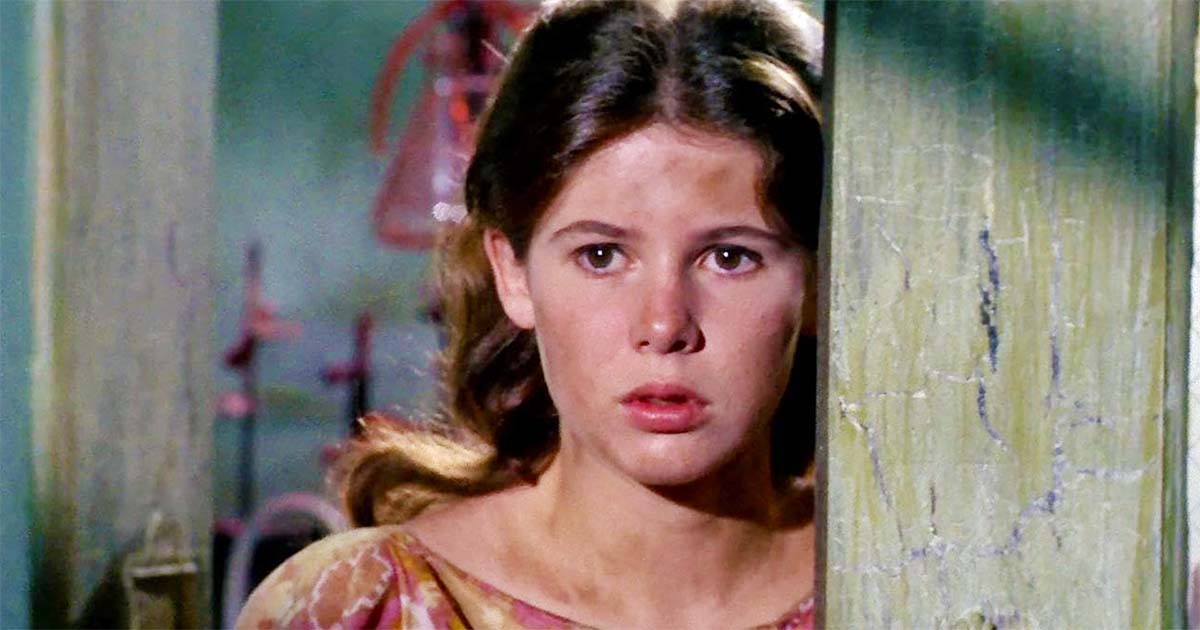Lost Worlds and Banned Frontiers in the Strange Case of "Miri"
The British Broadcasting Corporation banned this "Star Trek" episode for more than 20 years.

"Star Trek: The Original Series" has earned its place as one of the most enduring science fiction franchises, inspiring generations with tales of exploration, ethics, and unity. Yet, among its many episodes, a few pushed boundaries too far for their time. One such story is "Miri," a harrowing tale of survival that found itself banned by the BBC for more than two decades.
Why did this episode provoke such a strong response? To answer that question, we must journey back to the eerie, Earth-like world Captain Kirk and his crew discovered and examine the unsettling truths they uncovered.
A Planet of Lost Innocence
Responding to an antiquated SOS signal, Captain Kirk, Spock, Dr. McCoy, and Yeoman Rand lead an away mission to a mysterious planet. The world looks remarkably like Earth, but with one glaring difference: no adults. The crew soon meets a group of children known as the "Onlies," survivors of a biological catastrophe.
The children's plight is both tragic and grotesque. They possess extended lifespans, aging just one month for every hundred years. However, when they reach puberty, a fatal disease strikes, causing rapid aging and madness. The landing party—with the exception of Spock, who is immune—contracts the disease and faces a ticking clock. They have just seven days to find a cure.
Central to the story is Miri, a conflicted young girl played by Kim Darby. Torn between fear of adults (whom the children call "grups") and her growing trust in Kirk, Miri becomes a key figure in the crew's efforts to understand the disease. Her portrayal highlights the devastating psychological toll of trauma, loneliness, and fear.

Dystopia, Survival, and the Fragility of Childhood
"Miri" presents a dystopia at odds with "Star Trek's" usual optimism. The children, left to their own devices, have formed a dysfunctional society driven by fear, distrust, and survival instincts. Jahn, their leader, embodies the darker side of this world, using manipulation and violence to maintain control. In contrast, Miri longs for connection and hope, though she is haunted by the inevitability of her fate.
The episode explores themes familiar to readers of classic literature. Echoes of "Lord of the Flies" and "Peter Pan" permeate the story, with the children caught between innocence and savagery. Without adult guidance, they flounder in a world of broken systems and decaying morals.
Food scarcity and disease heighten the tension. The children's stunted understanding of their predicament mirrors broader fears about societal collapse—a recurring motif in science fiction. The episode challenges viewers to consider the essential role of mentorship, stability, and moral leadership in shaping a functional society.
The BBC Ban
In the late 1960s, the BBC faced increasing scrutiny over the content of television programs. When "Miri" aired, viewers complained about its unsettling imagery and themes, particularly its portrayal of suffering children. The BBC deemed the episode's handling of disease, death, and madness too intense for young audiences.
According to official statements, the episode was criticized for its depiction of "madness, torture, sadism, and disease." These concerns led to "Miri" 's removal from British airwaves, alongside other controversial episodes such as "Plato's Stepchildren" and "The Empath."
However, societal attitudes shifted by the 1990s. As audiences became more accustomed to darker themes in television, the BBC eventually lifted the ban. Modern viewers, exposed to series like "The X-Files" and "Doctor Who," could now appreciate the episode's narrative complexity.
The Company "Miri" Kept
"Miri" was one of four original "Star Trek" episodes banned by the BBC. Each dealt with sensitive themes, though their approaches differed. "Plato's Stepchildren" pushed boundaries with depictions of torture and forced humiliation. "The Empath" portrayed graphic physical suffering, and "Whom Gods Destroy" explored madness and authoritarian control.
Unlike these episodes, "Miri" relied on psychological horror rather than graphic violence. The children's distorted faces, the decaying remnants of their world, and the ever-present threat of disease created an atmosphere of dread. This more subtle approach made the episode's horror all the more unsettling.
Other episodes in the broader "Star Trek" universe faced bans for different reasons. For example, "Conspiracy" from "The Next Generation" was censored for its graphic depiction of an officer's head exploding, while "The High Ground" was banned for politically sensitive references to the Irish Unification of 2024.
Why the Episode Resonated—and Disturbed
The 1960s were a time of social upheaval and generational conflict. The counterculture movement, the Vietnam War, and the fight for civil rights created deep divisions between youth and authority. Against this backdrop, "Miri" touched on anxieties about rebellious youth and the breakdown of societal norms.
The episode's setting further underscores its themes. Filmed on the Desilu backlot previously used for "The Andy Griffith Show," the familiar suburban streets evoke a distorted vision of the American dream. This visual irony enhances the sense of a world gone horribly wrong.
Interestingly, 80% of the dialogue in "Miri" was rewritten during production. The changes suggest a deliberate effort to craft a story that reflected contemporary fears while maintaining the franchise's moral undertones.
Why "Miri" Still Matters Today
In spite of its initial controversy, "Miri" remains a compelling entry in the "Star Trek" canon. Its exploration of dystopia, trauma, and survival resonates with modern audiences. The episode serves as a cautionary tale about the consequences of scientific hubris and the psychological impact of isolation.
Moreover, "Miri" highlights the importance of community and moral leadership. In a world where the innocent can easily become the monstrous, Kirk and his crew's compassion and determination offer a glimmer of hope. Their efforts to save the children underscore "Star Trek's" enduring message: that humanity's greatest strength lies in empathy and cooperation.
A Lesson in the Shadows of Utopia
"Miri" challenges viewers to confront unsettling truths about human nature. It reminds us that even in a future of technological wonders, the dangers of loneliness, fear, and societal decay remain ever-present. The BBC's ban, while rooted in concerns for young audiences, ultimately underscored the power of science fiction to explore deep and disturbing themes.
As part of "Star Trek's" legacy, "Miri" stands as both a warning and a testament to the resilience of the human spirit. Its story continues to haunt and inspire, inviting us to reflect on the fragile balance between innocence and survival in an ever-changing world.

